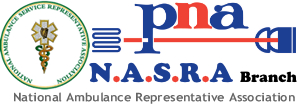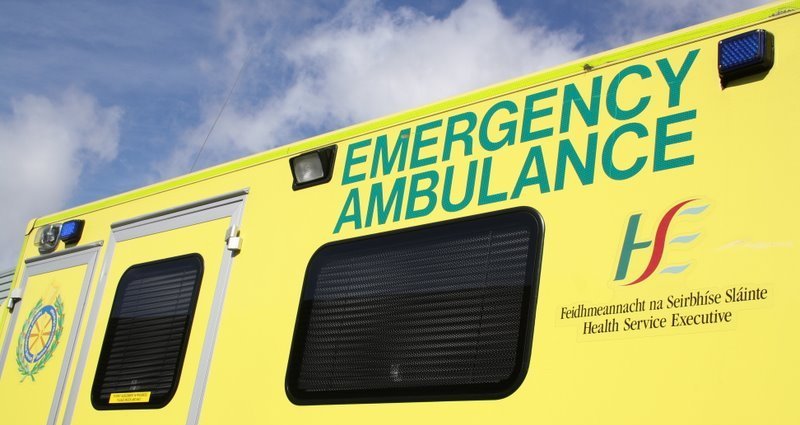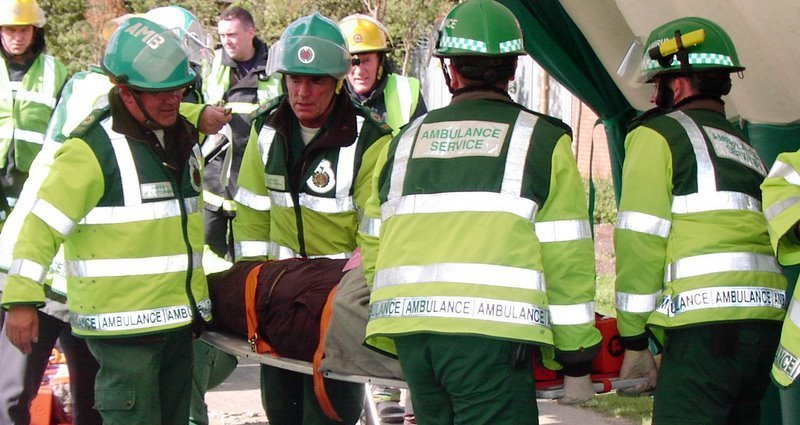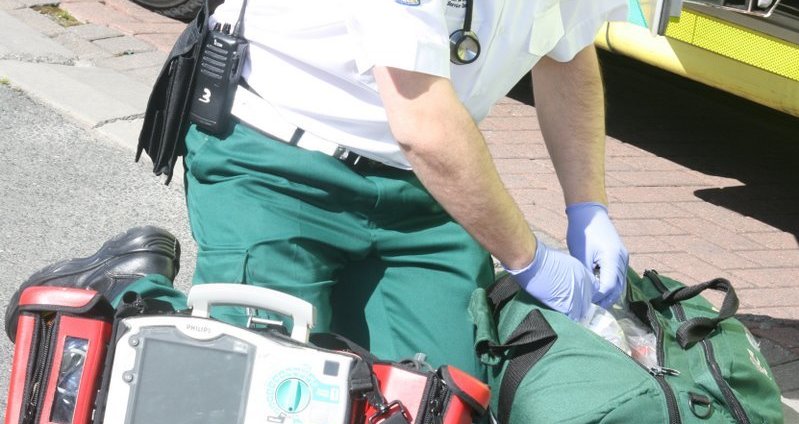- Details
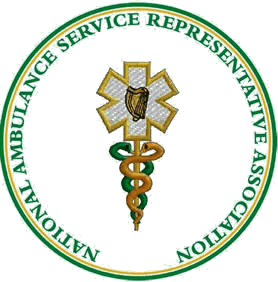 Restoration of pay and conditions demanded at annual delegate meeting
Restoration of pay and conditions demanded at annual delegate meeting
The National Ambulance Service Representative Association (NASRA) said today (Friday 21 st April) that a reduction in the retirement age from the current 67/68 years of age (for post 2010 recruits) to 62 and the restoration of all salary cuts and deductions for current staff and new entrants are among the key demands for paramedics to the Public Sector Pay Commission.
Speaking at NASRA‘s annual delegate meeting in Carlow, NASRA National Chairman, Michael Dixon described the current retirement age for paramedics as ‘punishing'.
- Details
29th March 2017
Submission: Re: Public Sector Pay Commission.
It is our understanding that the Public Sector pay Commission will not make any pay awards in the same way as the Benchmarking process did in the past. Instead you will identify those relevant factors which will be considered by the parties in negotiating the next Public Sector Pay Agreement.
Introduction.
The history of pre-hospital care in Ireland is relatively short but somewhat remarkable. It started in the 1890's when it was recognized that people injured or afflicted by acute medical conditions were dying or their conditions worsened by the transportation of patients is somewhat unsuitable vehicles but mostly by improper treatment by untrained good Samaritans. In 1898 the first full time Ambulance came into operation.
This was hailed as a fantastic development and councils and other institutions with responsibility for public health all across the country raced to develop their own service. These services handled accident services primarily whereas infectious or medical cases were handled by a Hospital ambulance normally staffed by a Driver and a Nurse.
In the 1960's the Health Board Act was introduced and one of its main points was that the Health Boards had the responsibility for the transportation of the patient from the home to the hospital.
Most Health Boards assumed control of rural and urban services which did away with the Driver and attendant role which lead to the Driver and ward Nurse been dispatched on an ambulance when required.
Further in the 1960's was the establishment of the national ambulance training school.
Another big step came in the early 1990's where the Eastern Health Board ambulance attendants could manually defibrillate and automated defibrillators became more mainstream.
- Details
 The National Ambulance Service Representative Association (NASRA) said today (Friday, 24th March) that it was deeply disappointed and concerned with the findings of today’s HIQA review of progress in implementing recommendations on pre-hospital emergency care services.
The National Ambulance Service Representative Association (NASRA) said today (Friday, 24th March) that it was deeply disappointed and concerned with the findings of today’s HIQA review of progress in implementing recommendations on pre-hospital emergency care services.
NASRA said it was clear that three years on from the original HIQA Review of National Ambulance Service (NAS) the safety and care of patients relying on the ambulance services are still being compromised by issues such as lack of capacity, under-staffing and over reliance on overtime.
NASRA National Chairman, Michael Dixon said that while there had been progress on recruitment into the NAS, management must accept the reality that it is extremely difficult to attract recruits to the NAS when pay and conditions have been progressively eroded in recent years due to austerity and public service pay agreement cuts.
